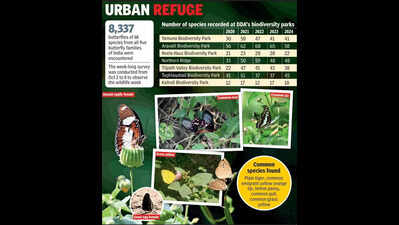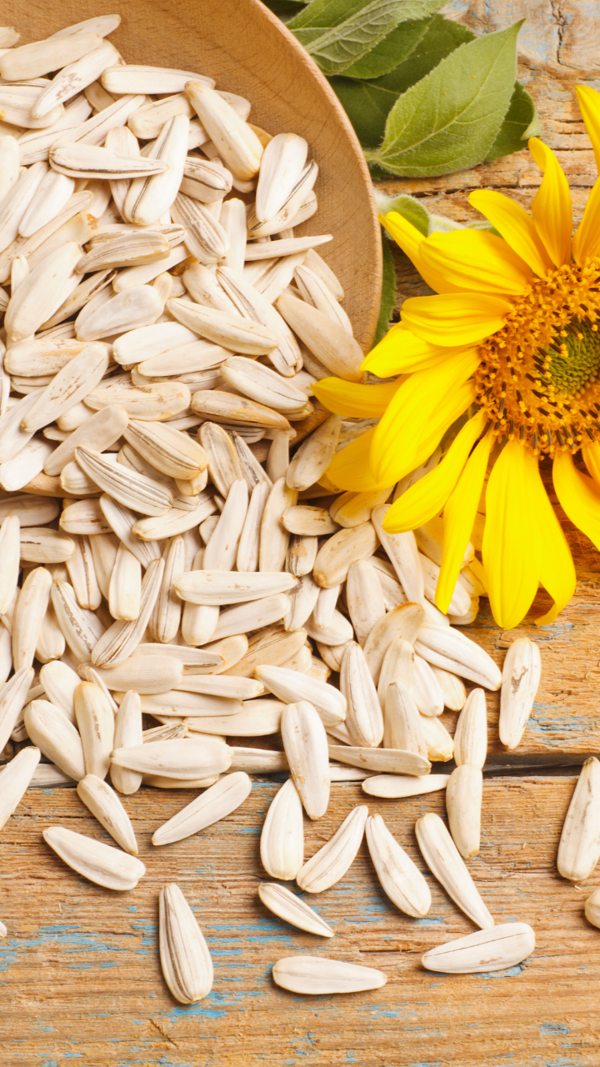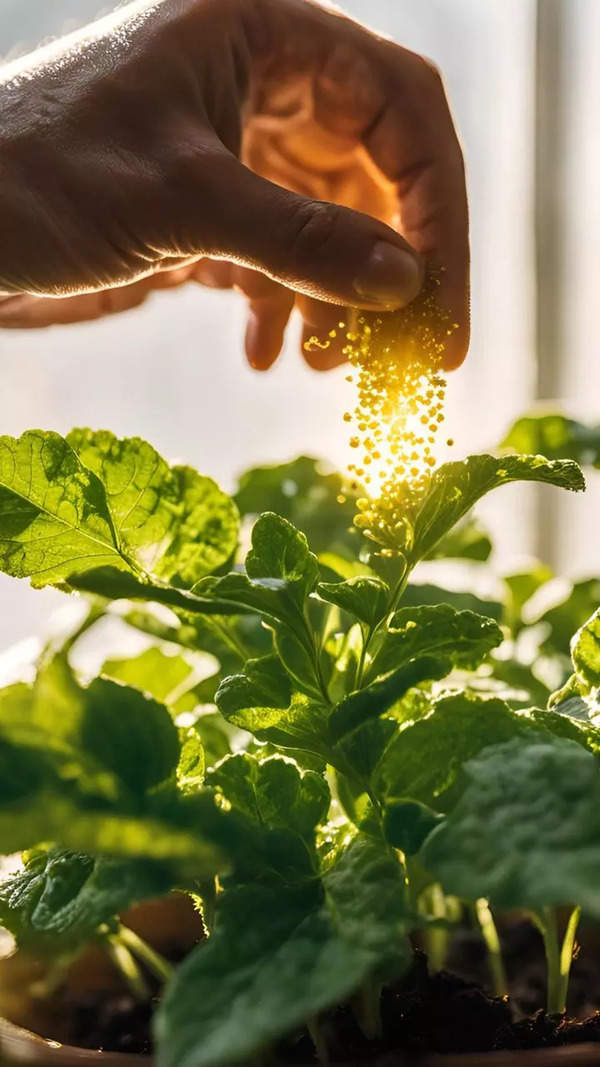- News
- High temp hits butterfly count, but it’s not all bad
High temp hits butterfly count, but it’s not all bad

In the week-long survey, 8,337 individuals of 68 species from all five butterfly families of India were detected in the Yamuna, Aravalli, Tilpath Valley, Northern Ridge, Neela Hauz, Tughlaqabad and Kalindi biodiversity parks. Among the common species spotted were the plain tiger, common emigrant, yellow orange tip, lemon pansy, common gull and common grass yellow. A maximum of 58 species were sighted in the Aravalli park and a minimum of 18 species at Kalindi park.
The survey found that the grasslands in the Yamuna Biodiversity Park were ideal for skipper butterflies, while the restored forests and open habitat in the Aravalli park supported a wide range of butterfly species. The Northern Ridge park appeared to be emerging as a favourable habitat for butterfly species. Its diverse vegetation, including restored forest patches and open areas, provide a mix of host and nectar plants that support various species. "This evolving habitat is playing a key role in enhancing butterfly diversity and resilience in the region," said one of the scientists involved in the survey.
Faiyaz Khudsar, scientist in charge, Biodiversity Parks Programme, Centre for Environment Management of Degraded Ecosystems, said, "Over the past five years, the butterfly diversity in the DDA biodiversity parks has remained stable despite changing weather patterns. This shows that habitats rich in biodiversity are more resilient to climate change. These biodiversity parks serve as a living laboratory for studying environmental issues, including the effects of climate change."
Butterflies are significant pollinators and highly sensitive to environmental changes, including air pollution, temperature, and rainfall. "A butterfly is a living flower. It facilitates the reproductive process of plants and also induces genetic variation leading to the sustainability of resilient ecosystems and facilitates the availability of food to many organisms, including human beings," said Khudsar.
End of Article
FOLLOW US ON SOCIAL MEDIA









